3M Protection material and work clothes



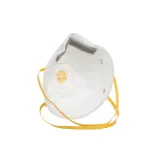
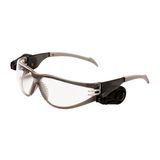
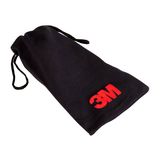


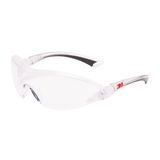
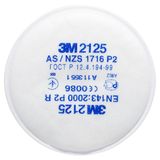
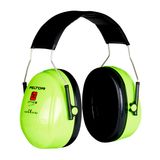
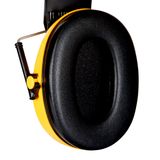
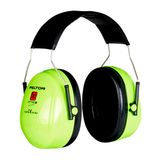
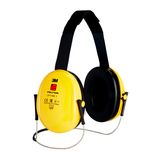
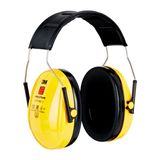
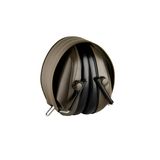
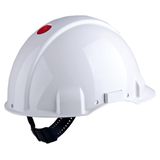
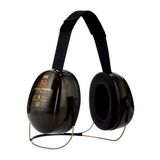
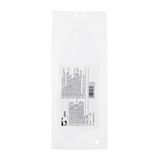
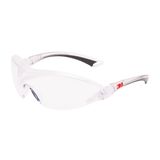
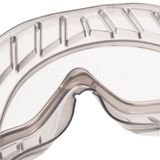
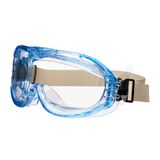
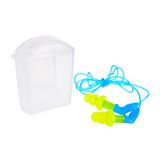
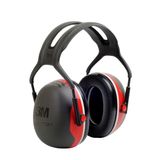

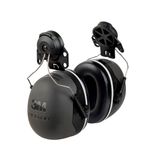
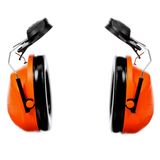
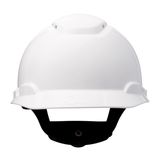

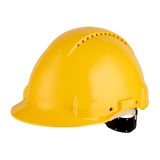
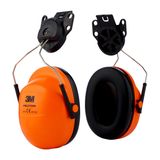
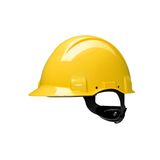
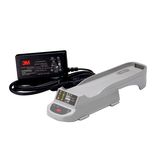
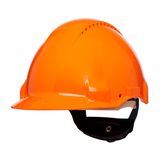





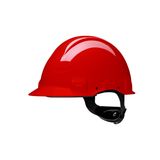
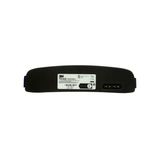
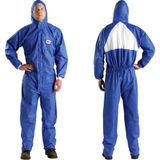
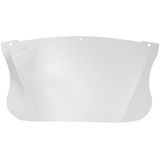
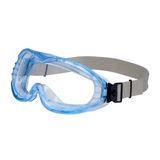
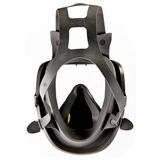
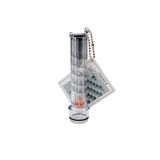
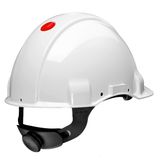
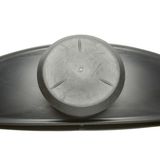


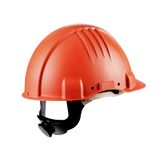

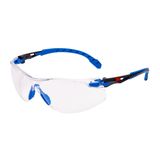
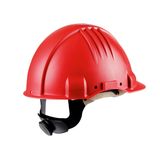
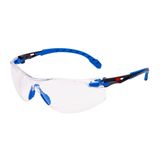
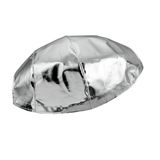

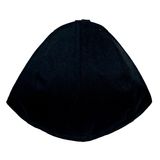
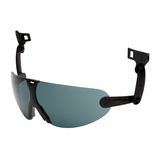
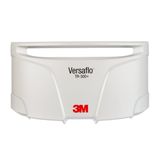
3m protection material buying map for installers and shops
This category covers PPE you actually use on sites and in panel rooms: head-to-toe protection, respiratory kits, hand protection, eye/face/ear defenders, and job-specific add-ons like cut sleeves and disposable overalls. 3M structures the range by hazard (particulates, chemicals, mechanical, noise), environment (indoor fit-out, plant floor, outdoor/UV), and reuse model (disposable vs. launderable vs. reusable frames with replaceable parts). Typical buyers are contractors, OEMs and MRO teams who want predictable sizing, clear standards, and packs that are easy to issue by crew.
3m work clothes fit, fabrics and durability
Workwear spans disposable coveralls for dusty cuts and spray jobs, breathable coats for assembly lines, and reinforced trousers/jackets for maintenance rounds. Look for rip-stop zones at knees and elbows, FR options where arc or flame risk exists, and color codes by area (white for clean rooms, grey/black for plant). Most distributors stock S–XXL with tall options; carton labels show size runs so issue is quick at the cage. Common returns come from wrong length—standardize one fit profile per site to cut swaps.
3m safety equipment essentials by task
Group PPE by task so supervisors can kit in one pick:
- Cut and termination. Safety glasses with anti-fog, light gloves with tactile palms, and slim hearing plugs for duct work.
- Grinding and drilling. Sealed goggles or visors, higher cut-rating gloves, half-mask respirator with P3 filters, and over-ear defenders.
- Painting and chemical tasks. Chemical splash goggles, chemical-rated gloves, disposable coveralls with taped seams, and organic vapor filters.
- Outdoor plant rounds. UV-resistant helmets, high-vis vests, weather hoods, and ear defenders sized to ambient noise.
3m protective gloves selection guide
Split by hazard and dexterity. Light assembly prefers foam-nitrile palms for grip on ferrules and terminals; cut-B/C sleeves handle tray edges; heat or chemical skews to specialized coatings. Keep three bins: tactile assembly, cut-resistant mid-duty, and chemical/heat. Pack sizes usually 10 pairs; left-right stickers on cartons speed issue.
Product range and ordering specs that matter
- Respiratory. Half-mask frames with bayonet filters; disposables in FFP2/FFP3; exhalation valves where heat and humidity rise.
- Eye and face. Anti-fog, sealed edges for dusty bays, flip-up visors when grinding near cabinets.
- Hearing. Plugs for intermittent tasks and over-ear defenders for sustained noise; keep SNR ratings visible on packs.
- Head and fall. Vented helmets for indoor, unvented for electrical risk; chinstraps and sweatbands as spares.
- Workwear. Disposable, FR and washable lines; knee pad pockets and tool loops matter more than marketing names.
- Packaging. PPE in singles or 10s; filters in pairs; visors and lenses in protective sleeves—ideal for stores kitting.
Applications and compatibility with panel work
PPE lives beside DIN rails, terminals and cable glands on the same picking cart. Anti-fog lenses help in warm cabinets; low-profile ear defenders clear enclosure doors; slim gloves still push ferrules into push-in terminals. For noisy VFD rooms, match SNR to measured dB; for cable tray cuts, couple sleeves with cut-rated palms. Many procurement teams roll the broader drawer up under 3m workplace safety gear so replenishment is one line per crew.
Selection criteria for B2B buyers
- Hazard profile. Dust vs. chemical vs. mechanical sets respirator class, glove coating and visor type.
- Duration and heat. Long shifts favor reusable frames with replaceable parts; choose breathable fabrics and vented eyewear to cut fog.
- Sizing and issue. Lock a size curve per site; stock more M/L for mixed crews; color-tag bins by size to speed handout.
- Compatibility. Glasses must seal under face shields; respirators must fit under visors and helmets; gloves must fit inside insulated sleeves.
- Cleaning model. Decide disposable vs. launderable early; label return bins to cut losses.
- Kit completeness. Order frames + filters, spare lenses, pad sets, sweatbands and wipes together—missing smalls cause site delays.